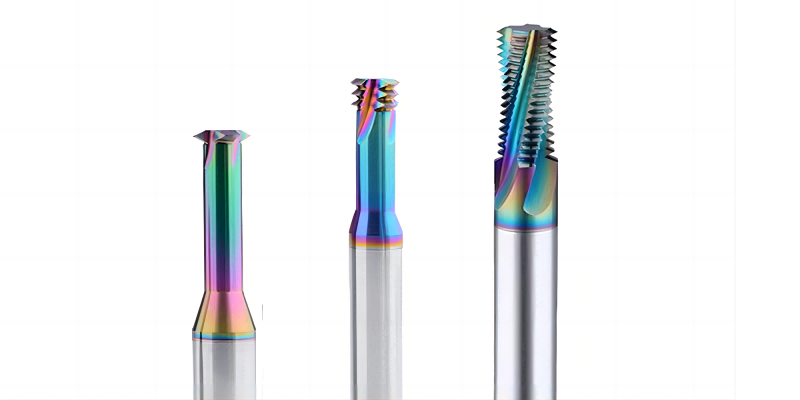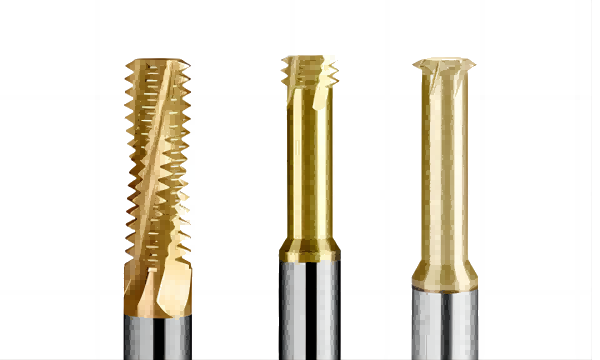High temperature alloys are complex alloys with multiple components that can work under high temperature oxidation atmosphere and gas corrosion conditions. They have excellent thermal strength, thermal stability, and thermal fatigue properties. High temperature alloys are mainly used in aviation turbine engines and heat-resistant components of aerospace engines, especially flame tubes, turbine blades, guide vanes, and turbine discs, which are typical components of high temperature alloy applications. The following issues should be noted when machining high-temperature alloy milling cutters.
For high-temperature alloy milling cutters, except for end milling cutters and some end milling cutters made of hard alloy, most other types of milling cutters are made of high-performance high-speed steel. K10 and K20 are more suitable for hard alloys used as end mills and end mills, as they are more resistant to impact and heat fatigue than K01. When milling high-temperature alloys, the cutting edge of the tool should be both sharp and impact resistant, and the chip holding groove should be large. Therefore, a large spiral angle milling cutter can be used.
When drilling on high-temperature alloys, both torque and axial force are high; Chips are easily adhered to the drill bit, making it difficult to break and remove them; Severe work hardening, easy wear at the corner of the drill bit, and poor stiffness of the drill bit can easily cause vibration. For this reason, it is necessary to use superhard high-speed steel, ultrafine grain hard alloy, or cemented carbide to manufacture drill bits. In addition, it is to improve the existing drill bit structure or use specialized special structure drill bits. S-type hard alloy drill bits and four edge belt drill bits can be used. The characteristic of S-type hard alloy drill bits is that they have no lateral edges and can reduce axial force by 50%; The front corner of the drilling center is positive, and the blade is sharp; Increasing the thickness of the drill core increases the stiffness of the drill bit; It is a circular cutting edge with a reasonable distribution of chip removal grooves; There are two spray holes for easy cooling and lubrication. With the combination of reasonable chip removal groove shape and size parameters, the four blade belt drill increases the inertia moment of the cross-section, improving the strength and stiffness of the drill bit. With this drill bit, under the same torque, its torsional transformation is much smaller than the torsional deformation of a standard drill bit.
Especially on high-temperature alloys, threading is much more difficult than on ordinary steel. Due to the high tapping torque, the tap is easily “bitten” in the screw hole, and the tap is prone to tooth breakage or breakage. The tap material used for high-temperature alloys is the same as the drill material used for high-temperature alloys. Usually, high-temperature alloy tapping threads use a complete set of taps. To improve the cutting conditions of the tap, the outer diameter of the final tap can be slightly smaller than that of a regular tap. The size of the cutting cone angle of the tap will affect the thickness of the cutting layer, torque, production efficiency, surface quality, and tap service life. Pay attention to selecting the appropriate size.
Post time: Aug-01-2023


